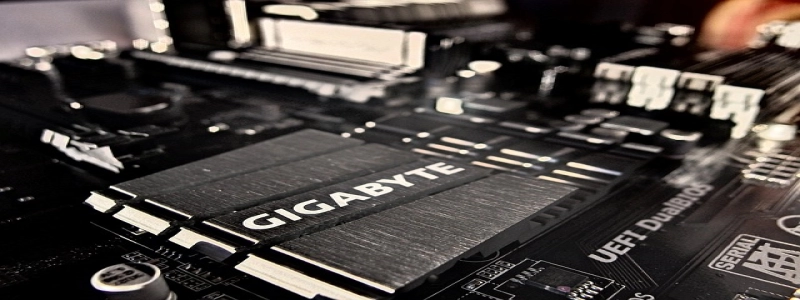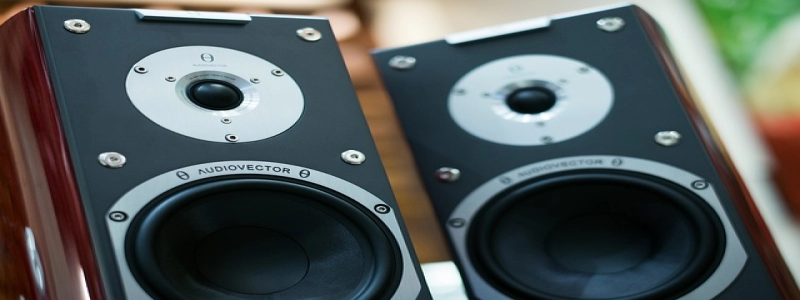Ethernet AWG
Introduction
In the world of networking, Ethernet is a commonly used technology for transferring data between devices. One important aspect of Ethernet is the use of different categories of cables, each with their own specifications. One such category is Ethernet AWG, which stands for American Wire Gauge. In this article, we will delve deeper into the details of Ethernet AWG and its significance in networking.
What is Ethernet AWG?
Ethernet AWG refers to the thickness or diameter of the copper conductor used in Ethernet cables. It is measured using the American Wire Gauge standard, which assigns a numerical value to the diameter of the wire. The higher the AWG number, the thinner the wire. Ethernet cables commonly range from AWG 22 to AWG 26, with the lower AWG numbers representing thicker cables.
Significance of Ethernet AWG in Networking
The choice of Ethernet AWG is crucial in networking due to its impact on the cable’s performance. Thicker cables, with lower AWG numbers, have lower resistance, which results in better signal transmission and less signal loss over long distances. These cables are suitable for high-speed data transfer and long network runs.
On the other hand, thinner cables, with higher AWG numbers, have higher resistance, which leads to more signal loss and reduced performance over long distances. These cables are typically used in shorter network runs or for lower bandwidth requirements.
Ethernet AWG and Cable Length
Ethernet AWG is closely related to the maximum cable length that can be used in a network. Thicker cables with lower AWG numbers can support longer distances without signal degradation. For example, an Ethernet cable with AWG 23 can efficiently transmit signals up to 100 meters, while an Ethernet cable with AWG 26 may only support signal transmission up to 50 meters.
Compatibility with Ethernet Standards
Ethernet AWG is also essential when it comes to compatibility with different Ethernet standards. The various generations of Ethernet, such as 10BASE-T, 100BASE-TX, and 1000BASE-T, have different requirements for cable quality and AWG. It is crucial to select the appropriate Ethernet AWG to ensure compatibility and optimal performance with the specific Ethernet standard being used.
Conclusion
Ethernet AWG plays a vital role in the performance and compatibility of Ethernet cables. The choice of AWG determines signal transmission quality, maximum cable length, and compatibility with different Ethernet standards. Understanding and selecting the appropriate Ethernet AWG is essential for building reliable and efficient networks.








